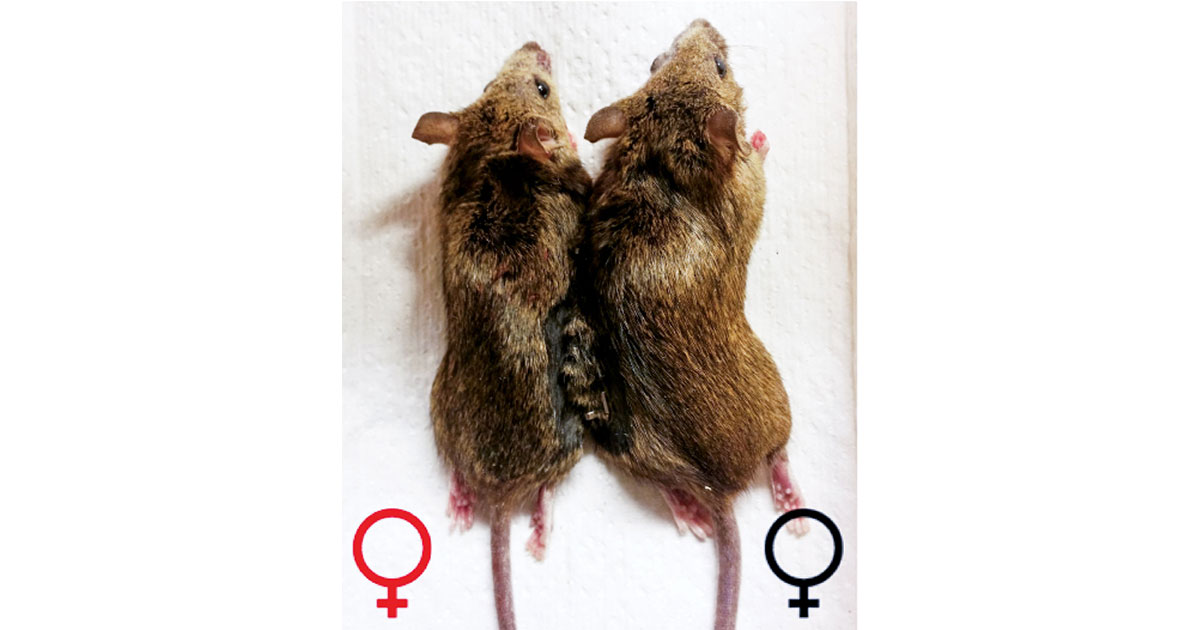Advertisement
Grab your lab coat. Let's get started
Welcome!
Welcome!
Create an account below to get 6 C&EN articles per month, receive newsletters and more - all free.
It seems this is your first time logging in online. Please enter the following information to continue.
As an ACS member you automatically get access to this site. All we need is few more details to create your reading experience.
Not you? Sign in with a different account.
Not you? Sign in with a different account.
ERROR 1
ERROR 1
ERROR 2
ERROR 2
ERROR 2
ERROR 2
ERROR 2
Password and Confirm password must match.
If you have an ACS member number, please enter it here so we can link this account to your membership. (optional)
ERROR 2
ACS values your privacy. By submitting your information, you are gaining access to C&EN and subscribing to our weekly newsletter. We use the information you provide to make your reading experience better, and we will never sell your data to third party members.
Biological Chemistry
Shiga Toxin Inhibitor Could Help Combat Food Poisoning
A polymer bound ligand helps hold together an E. coli toxin and an immune protein, which safely whisks the toxin away
by Stuart A. Borman
November 10, 2008
| A version of this story appeared in
Volume 86, Issue 45

Using a polymer as a framework for delivering multiple copies of an agent that binds a Shiga toxin produced by the food-borne pathogen Escherichia coli O157:H7, researchers have been able to enhance the agent's toxin-clearing power (Proc. Natl. Acad. Sci. USA, DOI: 10.1073/pnas.0804919105). David R. Bundle of the University of Alberta and coworkers previously showed that a heterobifunctional ligand called BAIT, in which one ligand that binds Shiga toxin is linked to another ligand that binds an immune protein, induces formation of a toxin/immune protein complex. The toxin and protein both have pentameric structures and are held together by five BAIT molecules. But the BAIT ligand has a short circulation lifetime and does not work in animals. In their latest research, Bundle and coworkers find that polyBAIT—heterobifunctional ligands preorganized on a polymer—is about 1,000 times more potent than BAIT at forming toxin/immune protein complexes. When polyBAIT is injected into mice that have been given a lethal dose of Shiga toxin, the immune protein clears the toxin to the liver and all the mice survive. The researchers believe this approach may also be useful for directing therapeutic proteins to membrane receptors.




Join the conversation
Contact the reporter
Submit a Letter to the Editor for publication
Engage with us on Twitter